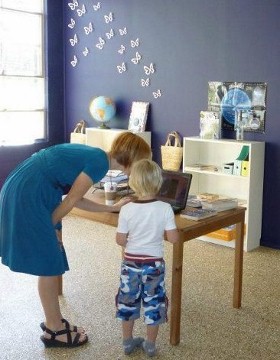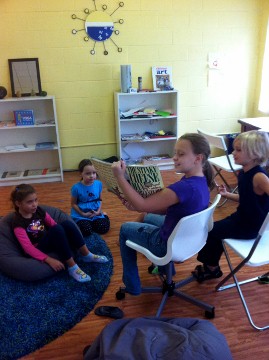The joy of learning styles
/A parent in one of my recent consultation sessions asked, “How do I figure out my kid’s learning style when she’s just a toddler?” My answer: You don’t. At this age, you wait, you watch, you experiment. Above all, you pay attention to her emotions in learning situations.
What do emotions have to do with it? Well, while the research is inconclusive regarding the outcomes of applying learning styles theory to classroom practices, and there is disagreement among education experts about how best to determine and label these styles, you can be sure of one thing: learning style preferences matter—because happy, relaxed learning is the best learning. You know this intuitively.
Let’s say you need to learn a new language for your job. Put yourself in a stressful, uncomfortable situation, and your mind goes blank. But get in your groove, whatever that groove may be—listening to language lessons with your favorite music in the background, shooting hoops while practicing with a native speaker, or making a gorgeous set of flashcards with your best art supplies—and you soak up the lessons like a sponge.
Austin’s alternative educators understand this powerful phenomenon. Whether or not they subscribe to Neil Fleming’s well-known auditory/visual/kinesthetic model or Howard Gardner’s broader and more elegant formulation in Frames of Mind: The Theory of Multiple Intelligences, or any other particular theory, they’ve built their successful schools on a profound understanding of the simple concept that one size does not—and never will—fit all. That’s why they create systems that honor each student’s individual mix of needs and learning style preferences, allow room for flexibility, and cultivate joy.
I’m likely to post more about learning preferences here in the future. For now, I’ll leave you with this lighthearted infographic that the good people at OnlineEducation.net offered to share with Alt Ed Austin’s readers. Take this fun little quiz, and then leave us a comment: What’s your most joyful learning style?
Teri












